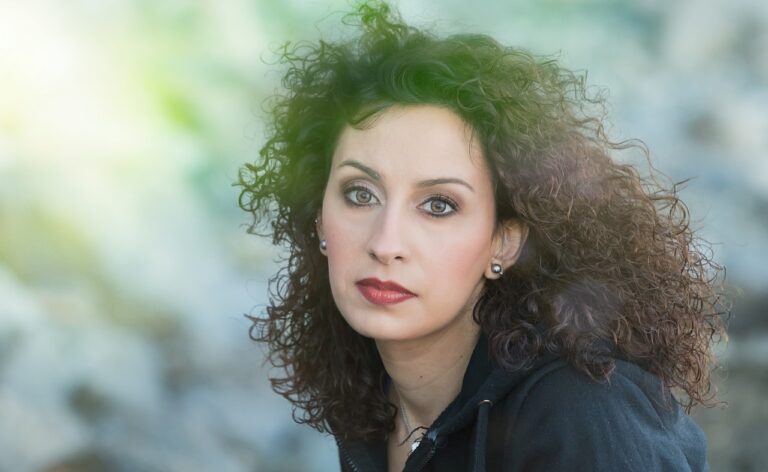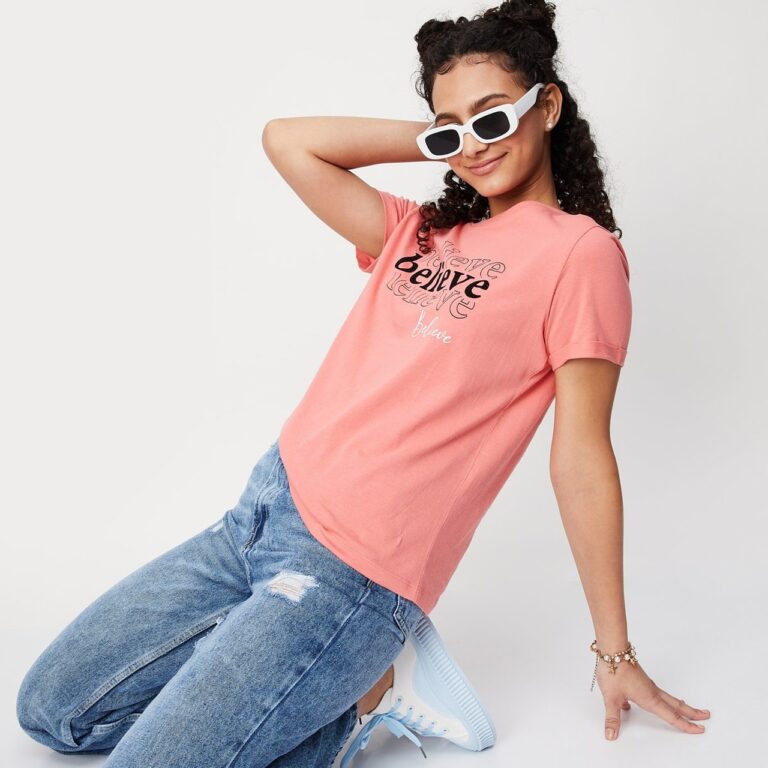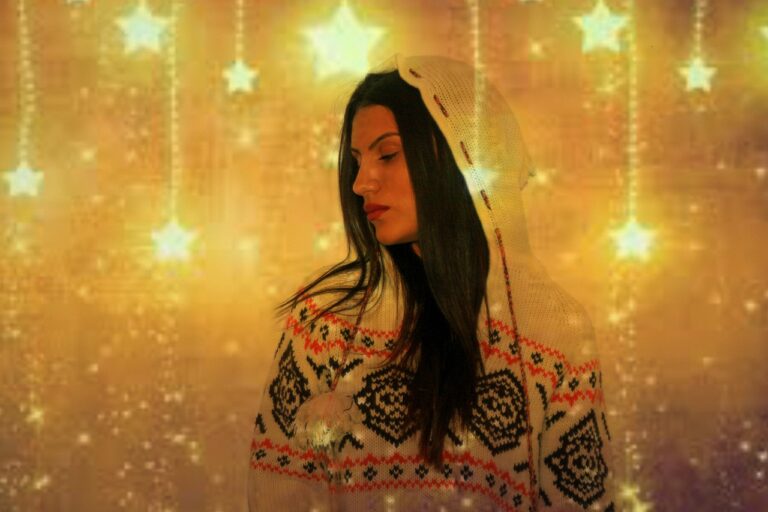Fashion and Literature: Exploring Style Through the Pages of Books
Welcome to our in-depth exploration of the intersection between fashion and literature. In this article, we will take a closer look at how these two art forms influence and inspire each other, as well as how they shape our cultural landscape. From classic novels to contemporary bestsellers, fashion has always played a significant role in storytelling and character development. Let’s dive into the fascinating world of fashion and literature and discover how style is portrayed through the pages of books.
The Influence of Fashion in Literature
Throughout history, authors have used fashion as a tool to convey character traits, social status, and cultural norms in their works. By describing the clothing and accessories worn by their characters, writers can create a vivid image of the time period and setting of the story. From the elegant ball gowns of Jane Austen’s heroines to the tailored suits of F. Scott Fitzgerald’s characters, fashion plays a crucial role in bringing the narrative to life.
Fashion as a Symbol of Identity
In many novels, fashion is used as a symbol of identity and personal expression. The choice of clothing can reveal a character’s personality, values, and aspirations. Whether a character is dressed in designer labels or thrift store finds, their fashion choices often reflect their innermost thoughts and desires. For example, in J.K. Rowling’s Harry Potter series, the distinctive robes worn by the students of Hogwarts not only serve a practical purpose but also symbolize their belonging to a magical world.
Exploring Fashion Trends Through Literature
One of the unique aspects of literature is its ability to capture the zeitgeist of a particular time period. By examining the fashion trends described in novels, we can gain insight into the social, political, and economic climate of the era. For instance, Edith Wharton’s novel “The Age of Innocence” offers a detailed portrayal of the opulent dresses and accessories worn by high society during the Gilded Age, providing a glimpse into the extravagant lifestyle of the elite.
Adapting Fashion for the Screen
In recent years, many novels have been adapted into films and television series, bringing the fashion described in the books to life on the screen. Costume designers play a crucial role in translating the author’s vision into wearable garments that reflect the characters’ personalities and the story’s setting. From the vintage-inspired looks of “The Great Gatsby” to the futuristic costumes of “The Hunger Games,” fashion in literature has inspired some unforgettable on-screen styles.
Conclusion
As we have seen, fashion and literature are intricately connected in their ability to tell stories, evoke emotions, and spark our imagination. Whether it’s through descriptions of lavish ball gowns or casual streetwear, fashion has the power to transport us to different worlds and eras, allowing us to experience the magic of storytelling in a unique way. By exploring the relationship between fashion and literature, we can gain a deeper appreciation for the artistry and creativity that goes into crafting memorable characters and settings.
Frequently Asked Questions
What are some classic novels that feature iconic fashion moments?
Some classic novels known for their iconic fashion moments include “The Great Gatsby” by F. Scott Fitzgerald, “Pride and Prejudice” by Jane Austen, and “Anna Karenina” by Leo Tolstoy.
How does fashion contribute to character development in literature?
Fashion can be used to convey a character’s social status, personality traits, and cultural background, helping readers gain a deeper understanding of the character’s motivations and goals.
Are there any contemporary novels that explore fashion themes?
Yes, many contemporary novels incorporate fashion themes into their narratives, such as “The Devil Wears Prada” by Lauren Weisberger and “Crazy Rich Asians” by Kevin Kwan.







